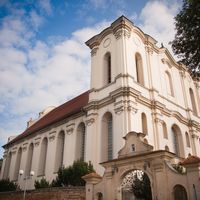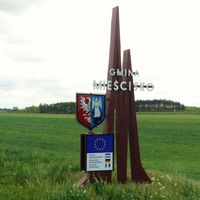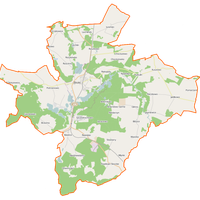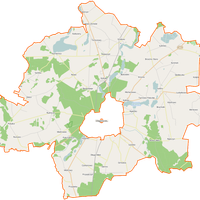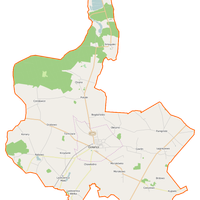Wągrowiec County
6.95
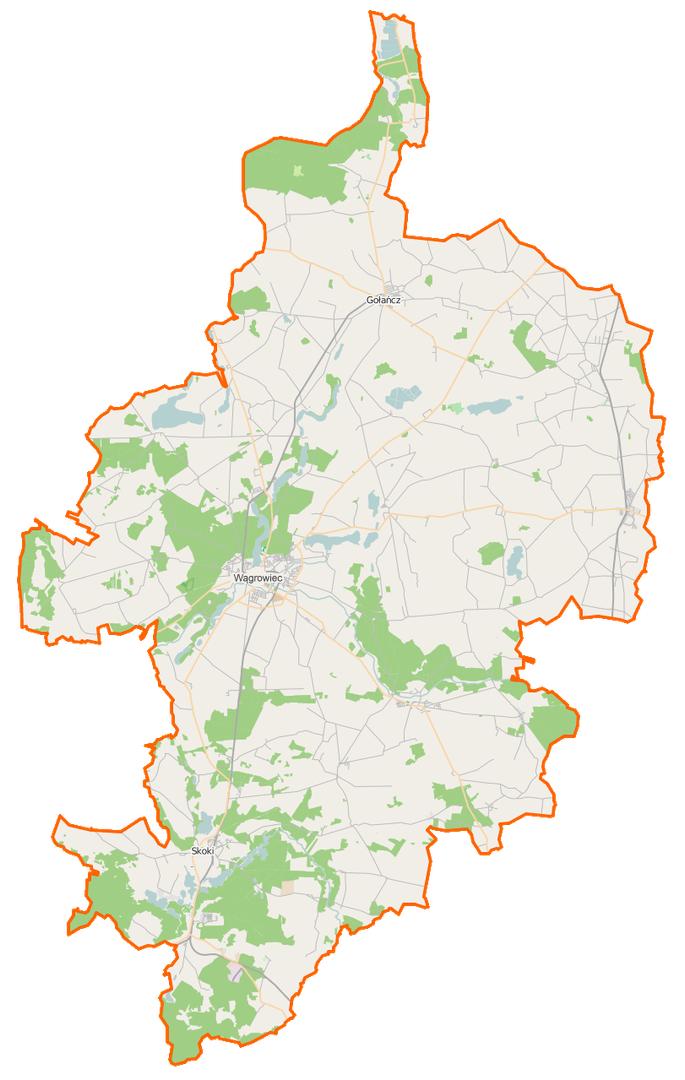
Overview
Wągrowiec County, located in the Greater Poland Voivodeship, was established in 1999 as part of the administrative reform. Its seat is the town of Wągrowiec, which plays an important administrative and cultural role in the region. The county includes urban, urban-rural, and rural municipalities, such as Gołańcz, Mieścisko, Skoki, as well as rural municipalities like Damasławek and Wapno, which retain their rural character. The county is inhabited by approximately 70,000 people, reflecting a declining population in recent years. In terms of architecture, the region is characterized by a diversity of historical monuments and contemporary buildings that reflect its historical richness. Wągrowiec, with a rich history dating back to the Middle Ages, boasts numerous sites, including historic churches and a market square, which attract both tourists and residents. Culturally, the county organizes numerous events that highlight local traditions and customs, including festivals, fairs, and exhibitions of works by local artists. This strengthens the sense of community and residents' interest in their heritage. Wągrowiec County also holds significant economic importance, with a budget revenue of PLN 95.7 million in 2021. Many companies are registered in the region, creating job opportunities for residents. The unemployment rate is 5%, a result of active employment initiatives. The county is led by starosts Tomasz Kranc and Michał Piechocki, who oversee the region's development and support local initiatives. An interesting aspect is the diversity of neighboring counties, including Gniezno, Poznań, and Kuyavian-Pomeranian counties, which creates opportunities for cooperation and cultural exchange. With its rich historical and architectural heritage, as well as a dynamically developing economy, Wągrowiec County is undoubtedly an interesting region in Poland with promising prospects for the future.
Location
Country
2025 Wizytor | All Rights Reserved
